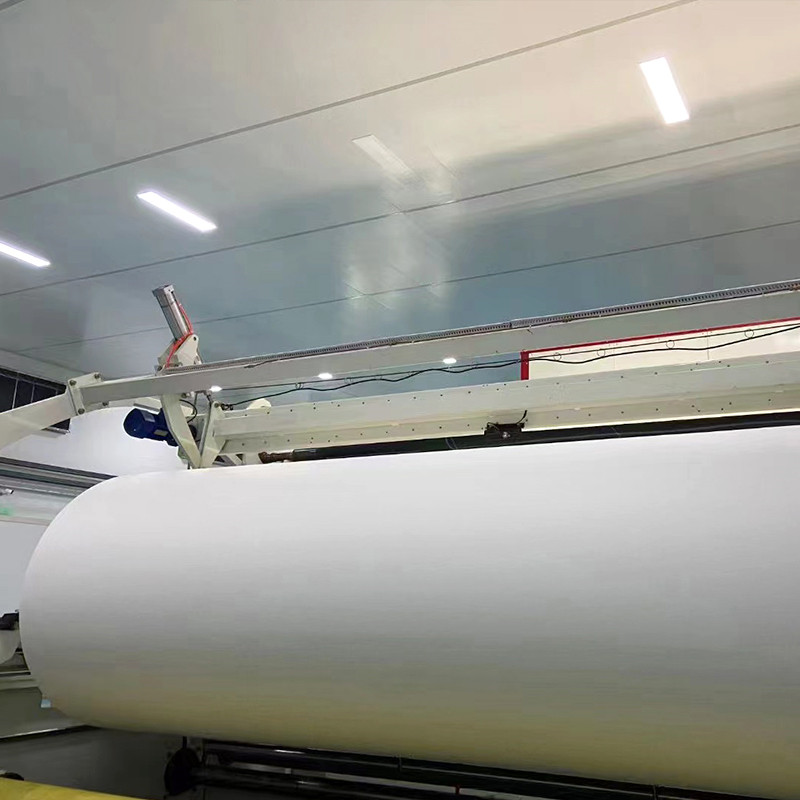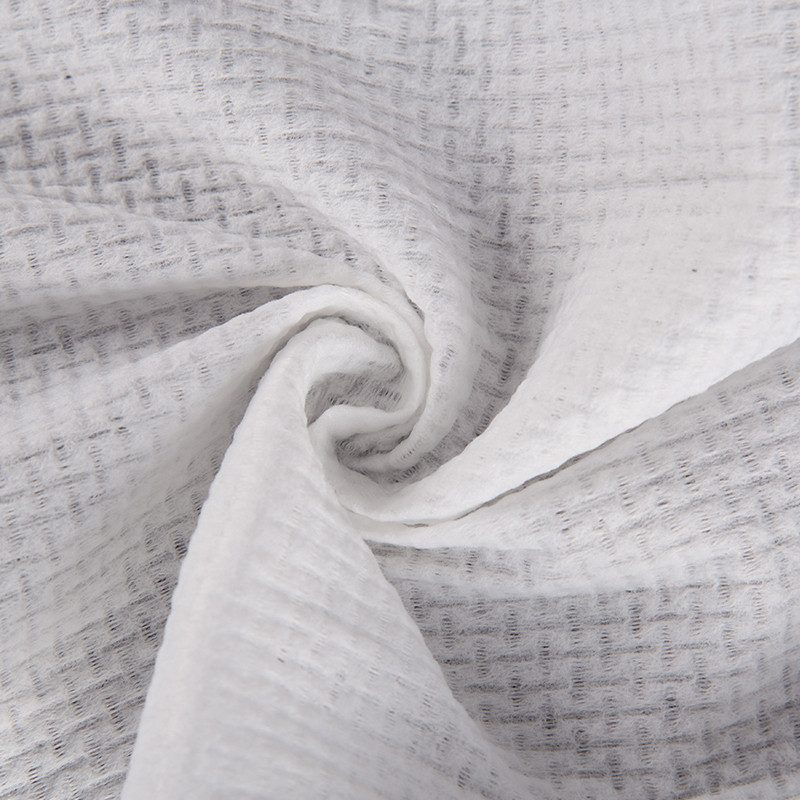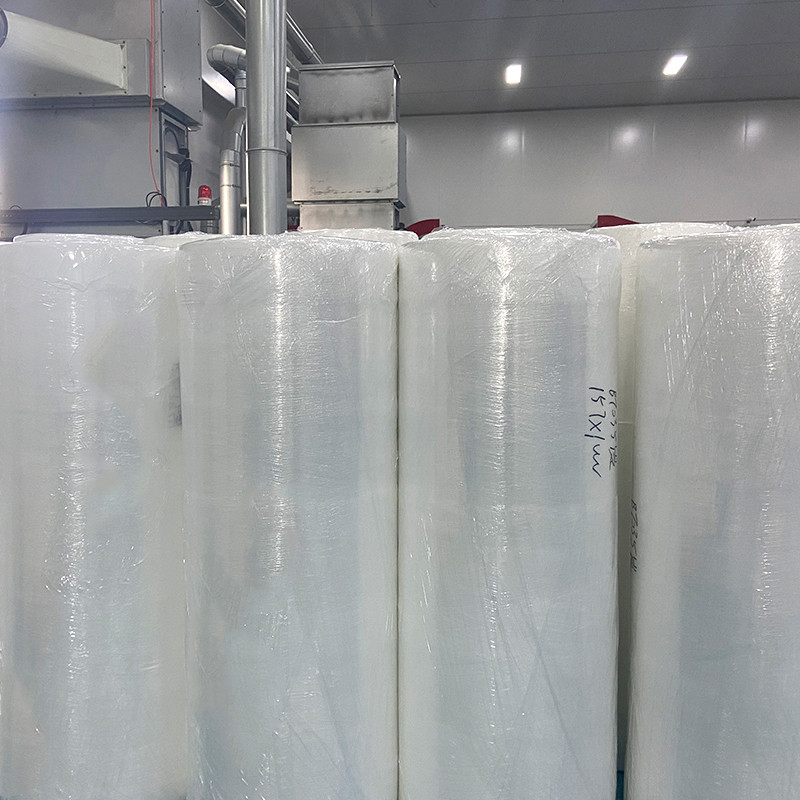Customized Anti-Static Spunlace Nonwoven Fabric
Product Description
Antistatic spunlace is a type of fabric or material that is treated or engineered to reduce or eliminate static electricity. Spunlace refers to a nonwoven fabric manufacturing process that involves entangling fibers together using high-pressure water jets. This process creates a soft, strong, and durable material. It's important to note that antistatic spunlace materials may have different levels of static control depending on the specific treatment or additives used during the manufacturing process. Additionally, they might require proper handling and maintenance to maintain their antistatic properties over time.

Use of antistatic spunlace
Packaging:
Antistatic spunlace is often used in packaging materials to protect electronic components, such as computer chips, memory cards, and other sensitive devices, from static electricity during transportation and storage.
Cleanroom Supplies:
In cleanroom environments where static electricity can disrupt sensitive manufacturing processes, antistatic spunlace is used in wipes, gloves, and other cleanroom supplies to minimize the risks of electrostatic discharge (ESD).


Electronics Manufacturing:
Antistatic spunlace is commonly employed in the production of electronic equipment, such as LCD screens, microchips, circuit boards, and other electronic components. By using antistatic spunlace materials, manufacturers can help prevent damage caused by static electricity during assembly and handling.
Medical and Healthcare:
Antistatic spunlace is used in medical and healthcare applications where static discharge can be dangerous or compromise the quality of sensitive equipment. For example, it may be used in surgical gowns, drapes, and wipes to reduce the risk of static electricity igniting flammable gases or substances in a medical setting.











